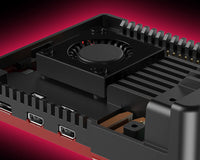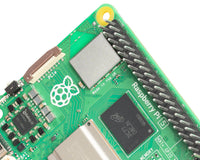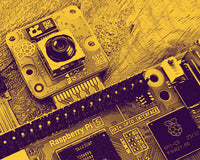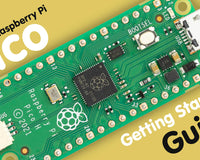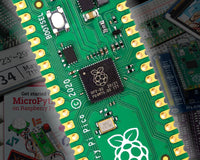
Raspberry Pi Roundup - 29th March 2016
We hope everyone had a lovely Easter!
Creative Technologists

The Raspberry Pi Creative Technologists programme focused on “supporting and inspiring young people who are interested in creative uses of technology.” The initiative, spearheaded by the Foundation’s Rachel Rayns, is a mentoring programme that has taken nine young people under its wing to encourage their use of technology in a creative way. The programme is now reaching the end of its year-long run with a “New Works Exhibition” due to take place at Raspberry Pi Headquarters on 23rd April. There are two sessions – an afternoon and an evening – and you can apply for tickets to attend by visiting this page. It’ll be well worth the visit to Cambridge to see what these exciting young people have been up to! Read more about the exhibition here and find out more about the CTs here.
Footie

Paul Weeks has set up his Raspberry Pi to do data analysis on football results and other statistics. His first post dealt with setting up his Raspberry Pi for the job, including installing various software packages. His second post is all about analysing a certain data set using the installed R, Python and MongoDB packages.
Liz!

Liz Upton, Director of Communications at Raspberry Pi, gets the Pi Podcast treatment this time. She’s steadfastly guided comms at the Foundation and Trading since they were founded and should get far more kudos than she does. So, hear what she has to say by heading over to The Pi Podcast.
Portable Power

There are a couple of pre-built solutions for powering the Raspberry Pi on a portable basis. Some are actually ‘out there’, some are… a bit delayed, we’ll say. Instructables user DylanD581 has written a great tutorial which uses an Adafruit HAT prototyping board and a bunch of other components to create a portable power source which uses a LiPo battery. It gives you the following possibilities in terms of powering your Pi:
- Power the Raspberry Pi with a LiPo Battery Only
- Power the Raspberry Pi with a Micro USB Cable Only
- Power the Raspberry Pi with an External Power Source Only
- Charge the LiPo Battery and Power the Raspberry Pi with a Micro USB Cable Only
- Charge the LiPo Battery and Power the Raspberry Pi with an External Power Source Only
It’s really quite versatile and well worth the time it takes to solder it up. Take a look at the tutorial here.

